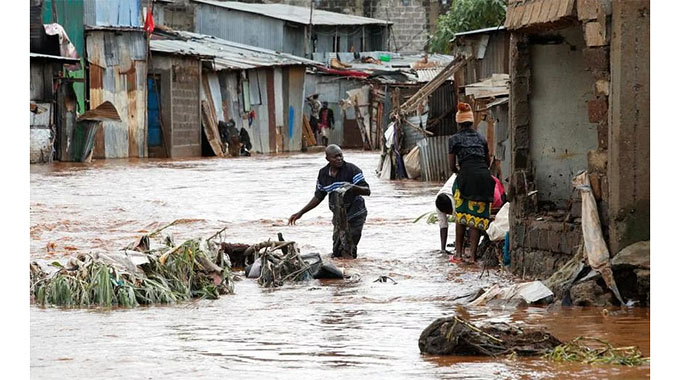Breached barriers cause more toxic leaks
TOKYO. — The operator of the stricken Fukushima Daiichi nuclear power plant said yesterday that radioactive material may have flowed into the Pacific Ocean after barriers around contaminated water storage tanks overflowed following a heavy downpour. According to Tokyo Electric Power Co. (TEPCO), radioactive strontium-90 measured at as many as 70 times the regulatory limit of 10 becquerels per liter, flowed from 11 barriers set up to contain potential toxic water leaks from six storage tanks at the facility in Japan’s northeast.
The embattled utility said the barriers, with a height of just 30 cm, were ineffective when it came to preventing rainwater from breaching the barriers and likely mixed with groundwater and possibly flowed into the adjacent Pacific Ocean.
TEPCO added that the pumps used to drain water accumulated inside the barriers were also ineffective against the downpour Sunday.
The latest mishap at Fukushima comes one day after the utility said radiation levels had spiked well above the regulatory limit at numerous sites following Typhoon Wipha lashing Japan’s eastern seaboard last Wednesday.
The nuclear complex has been plagued with problems since an earthquake-triggered tsunami knocked out the plant’s key cooling systems in March 2011, leading to meltdown and hydrogen explosions in the worst nuclear disaster since Chernobyl in 1986.
The overflowing water, which has been contained within barriers around the faulty tank facing the ocean, was caused when a generator used to pump water from the tank to a storage facility inside the reactor building stopped due to power failure, the utility claimed.
Japan’s Nuclear Regulation Authority has instructed TEPCO not to discharge the rapidly accumulating radioactive water into the sea until readings are below 15 becquerels per litre for cesium- 134, less than 25 becquerels per litre for cesium-137, and under 10 becquerels per litre for strontium-90, an NRA spokesperson said yesterday.
But while Japan braces for super-typhoon Francisco possibly lashing the east coast again towards the end of the week, experts from the International Atomic Energy Agency (IAEA) concluded a one week-mission yesterday to advise Japan on how best to deal with toxic water storage, decontamination procedures and reconstruction processes at the tsunami-ravaged facility. — Agencies.







Comments